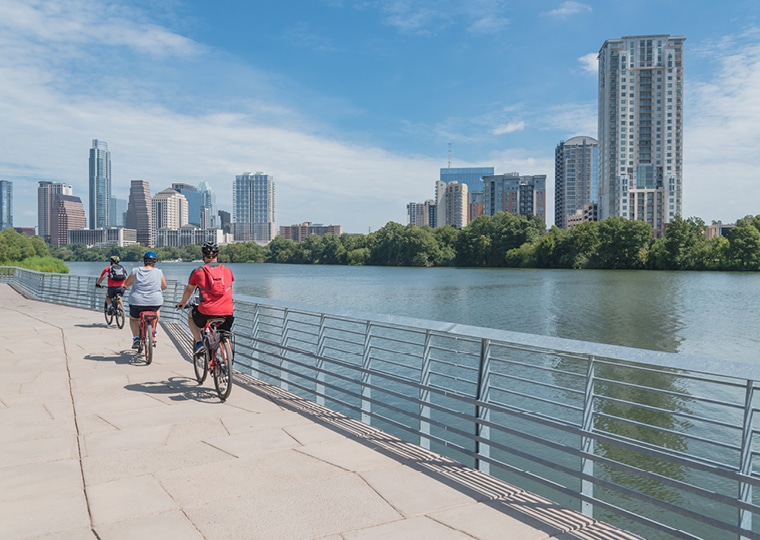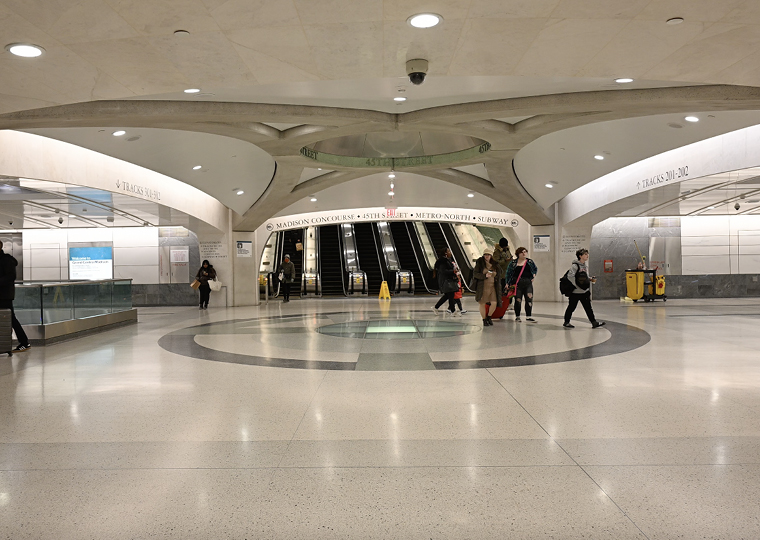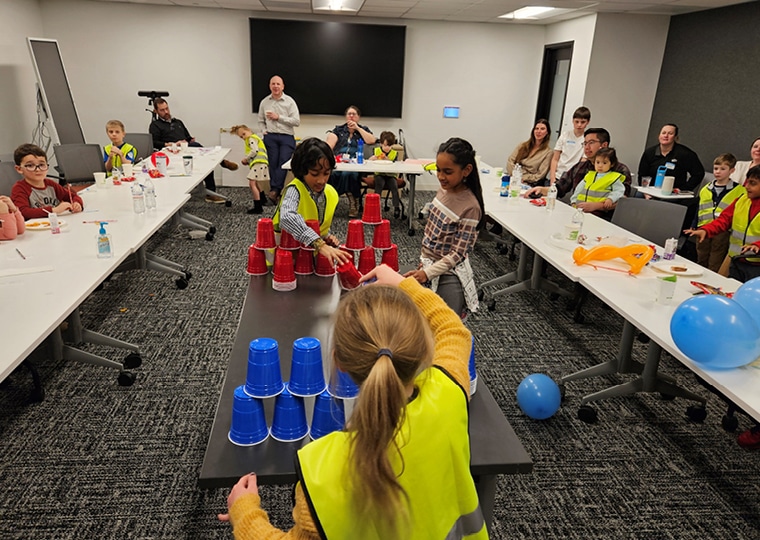The recent opening of the Metropolitan Transportation Authority (MTA) Long Island Rail Road’s (LIRR) Grand Central Madison – formerly known as East Side Access – was a watershed moment in the history of commuter rail in the New York Metropolitan Region.
It was also a fitting capstone for a partnership between STV and the MTA/LIRR that began more than five decades earlier when the commuter rail was first looking to expand its capacity and improve its service offerings.
Since the desire to bring LIRR service to the East Side of Manhattan was revived nearly 30 years ago, STV has played a key role nearly every step of the way, from conducting the initial operational and physical feasibility study and the Major Investment Study (MIS) that allowed the project to receive federal funding, to performing environmental engineering and other final design services, in joint venture, for new soft-ground tunnels in Queens; the rehabilitation of the existing 63rd Street Tunnel; new hard rock tunnels under Manhattan’s East Side that lead to a new terminal under the existing Grand Central Terminal complex; and several other significant project elements that have allowed this initiative to become a reality.
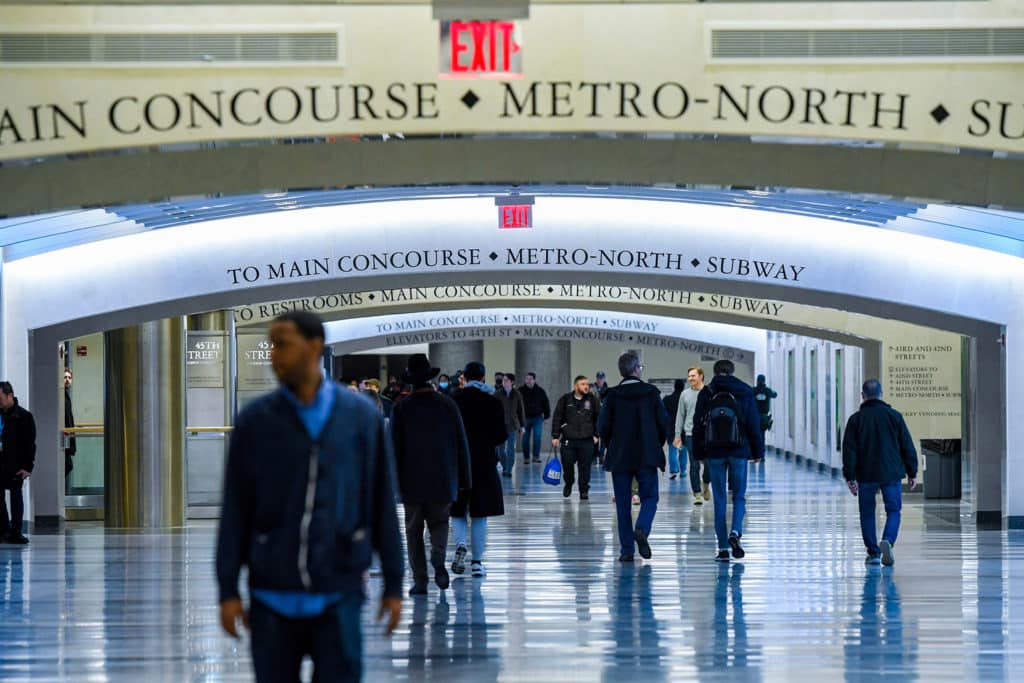
“It’s incredible to see this project completed,” said Richard Amodei, president of Transportation Northeast. “I’ve personally been involved with Grand Central Madison since I joined STV 23 years ago and I am inspired by the hard work, collaboration and dedication of STV’s project team that helped bring this transformative transportation infrastructure project to New York City and the entire region.”
The Need to Serve a Growing Region
The $11.2 billion Grand Central Madison program eases congestion at New York’s Penn Station, saves commuters time, and dramatically increases the region’s passenger rail capacity by bringing the LIRR, the nation’s busiest commuter rail service, to Grand Central Terminal on Manhattan’s East Side. It is the most significant expansion of the LIRR in multiple generations and is the MTA’s largest capital project to date.
“Grand Central Madison is going to benefit the region for decades to come,” said STV Chief Executive Officer Greg Kelly, P.E. “It is something we at STV can all be very proud of. I’m grateful to the entire project team for their incredible effort and dedication on this monumental project.”
However, the project’s origins can be traced as far back as the 1970s. At that time, Long Island was in the midst of a massive post-World War II population boom, which in turn put an enormous strain on the region’s transportation network – which primarily consisted of the newly-built Long Island Expressway, and the LIRR, which offered a service that terminated at Pennsylvania Station on Manhattan’s West Side.
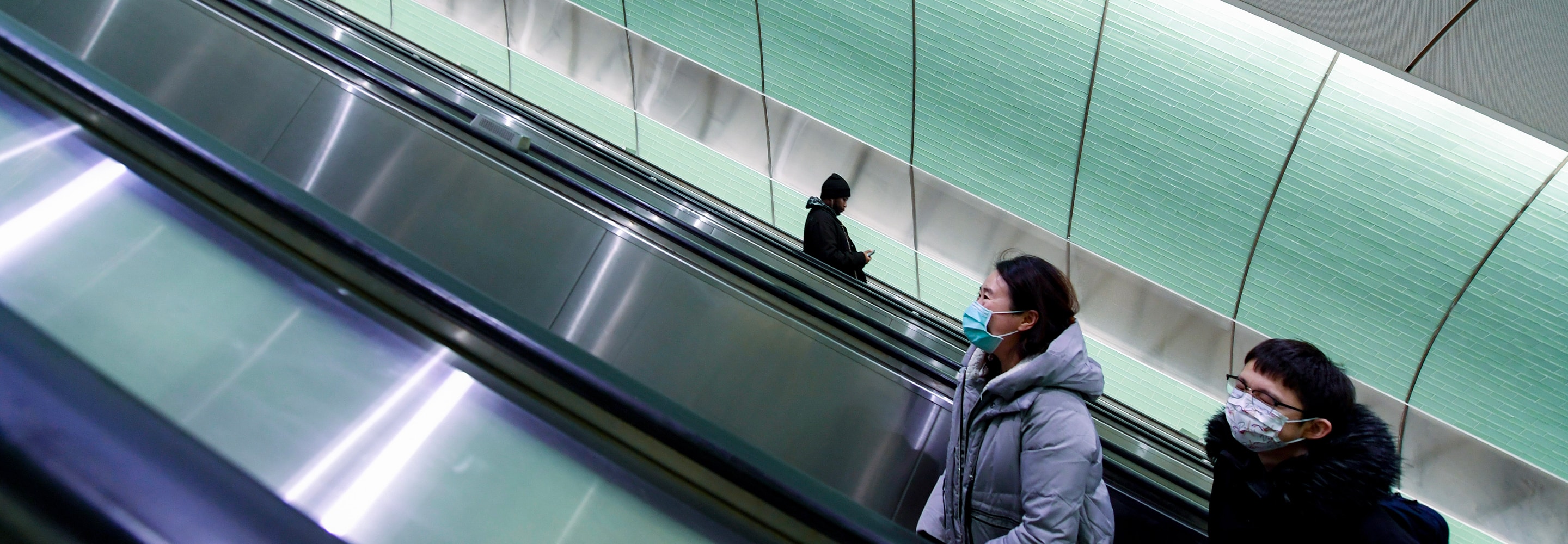
New York Governor Nelson Rockefeller eyed a new connection on Manhattan’s East Side. Changing economic dynamics moved more jobs to the East Side of Manhattan. And so, in addition to adding capacity, a new LIRR terminal would provide more direct service to where more commuters wanted to go, while alleviating congestion on the various West Side subway lines being used to access the East Side, thereby shortening travel times.
New York voters approved a $2.5 billion bond issue for a new state-run transit system that would ultimately become the MTA. One of the first major initiatives the MTA explored was enhanced passenger transportation service on Manhattan’s East Side, which would be accomplished via a new subway line along Second Avenue, as well as an LIRR terminal somewhere near Grand Central Terminal (GCT) – either at the lower level of that terminal or a new terminal on Third Avenue. To better facilitate commuter access, the MTA was going to construct a new tunnel under the East River connecting Queens to Manhattan at East 63rd Street. The new East Side Terminal was to open by 1975.
However, the tunnel project was beset by construction delays and cost overruns. Additionally, political and public sentiment started to turn against the idea of a new terminal at Third Avenue. Construction was completed on the 63rd Street Tunnel by the early 1980s, but the structure was immediately sealed off.
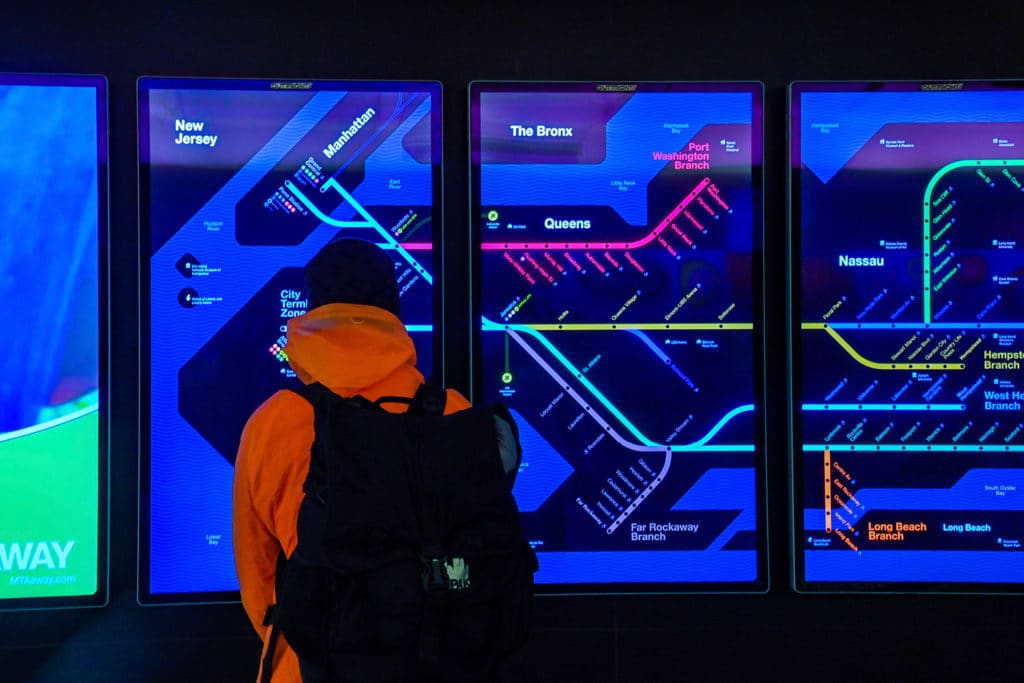
With the initial East Side terminal plan on indefinite hold, the LIRR still needed to address its skyrocketing ridership and the resulting pressures on the reliability of its service. A key project to address this need arrived in the early 1980s with STV’s selection to first perform a feasibility study and then to provide comprehensive design services for the John D. Caemmerer West Side Storage Yard.
The West Side Storage Yard was dubbed “the single most important capital improvement project on the Long Island Rail Road” by its namesake, State Senator John Caemmerer. With the capacity to store up to 320 commuter cars in the new storage yard located adjacent to Penn Station, LIRR would be able to increase service by more than 30 percent.
Out of this project, STV went on to support several other LIRR initiatives, including the railroad’s 11-phase, 10-year capital program to replace all of the agency’s major repair facilities.
While these projects did not address the need of bringing more commuting options closer to Manhattan’s business centers on the East Side, they were crucial to establishing LIRR’s position as the largest commuter rail service in North America.
The Phoenix of the East Side Rises
By the late 1980s, the political will for an East Side LIRR connection had returned. Penn Station was near its operational capacity after Amtrak consolidated its New York service there in 1991. The need for another rail terminal was apparent.
The program had a champion in New York Senator Alfonse D’Amato. With the 63rd Street Tunnel already constructed, the idea was to “finish the job” – create tunnel connections in Queens and Manhattan, along with the associated track work, while adding new storage and maintenance space for trains.
STV was selected by LIRR to perform an operational and physical feasibility study, which among many other things looked at a comparison of a new terminal under Third Avenue with the existing GCT complex. This included an analysis of site conditions at GCT to minimize the number of property easements required. Key to the study was an analysis of how LIRR service at Grand Central would impact the Hudson, Harlem, and New Haven Line operations for Metro-North Railroad (MNR) there. Another focus was a study of two alternatives for the location of the connection of LIRR’s 63rd Street/41st Avenue route with the existing LIRR system in Queens and potential adjustments needed for New York City Transit (NYC Transit) subway service in and around the East Side route.
The general goal of the study was to determine just how far-reaching the impacts of a new LIRR service to the East Side would be on the region. Its execution marked a major turning point in the history of the program.
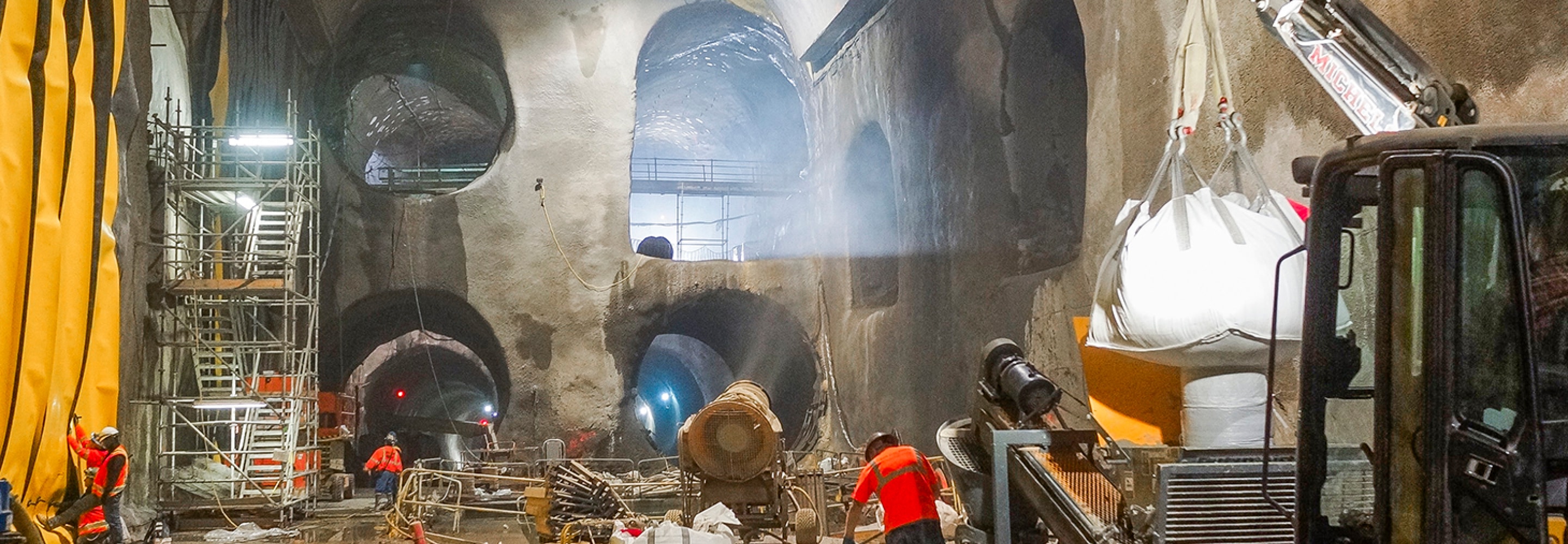
Upon the completion of the feasibility study, the next major step was a MIS to help the LIRR obtain Federal Transit Administration funding. The completion of the MIS was seen as the essential justification this project required to finally become a reality. STV was once again called on by LIRR to prepare the study, which examined LIRR operating plans and simulated future railroad operations throughout the proposed route. The study also evaluated and proposed mitigation measures for any conflicts between the new route and other operators sharing common rail facilities. Additionally, it refined the preferred alignment and build alternatives by developing preliminary engineering plans and cost estimates, while projecting ridership and revenue and identifying the cost benefits of the new service.
With a push from Senator D’Amato and then New York Governor George Pataki, the project secured federal funding, and “East Side Access” – as the project became known – was moving full steam ahead.
Forward Momentum
As the program continued to take shape, the actual location of the terminal still needed to be determined. There were some concerns about the property easements needed for the Third Avenue alternative. Meanwhile, MNR, the primary tenant at GCT, was undergoing its own increase in ridership, thereby decreasing the available capacity for accommodating LIRR service at GCT’s Lower Level. So, the decision was made to create a new, two-level terminal under the existing GCT complex to accommodate LIRR service.
STV and Parsons Brinckerhoff (now WSP USA), were initially contracted to perform design services for the tunnels and other structures. But after 2001, the joint venture’s contract was merged with another existing contract held by Parsons Transportation Group, and another firm, ultimately leading to the STV/WSP/Parsons tri-venture.
With the project’s design fully underway, the complete depth and breadth of the program became apparent. It wasn’t just the design and construction of a new terminal and tunnel network/track alignment, but it also involved the development of new storage and maintenance facilities for LIRR (Mid-Day Storage Yard in Queens) and MNR (Highbridge Yard in the Bronx), traction power systems in tunnels built more than 30 years earlier, pedestrian flow modeling, and modifications to the busiest and most complicated interlocking in North America.
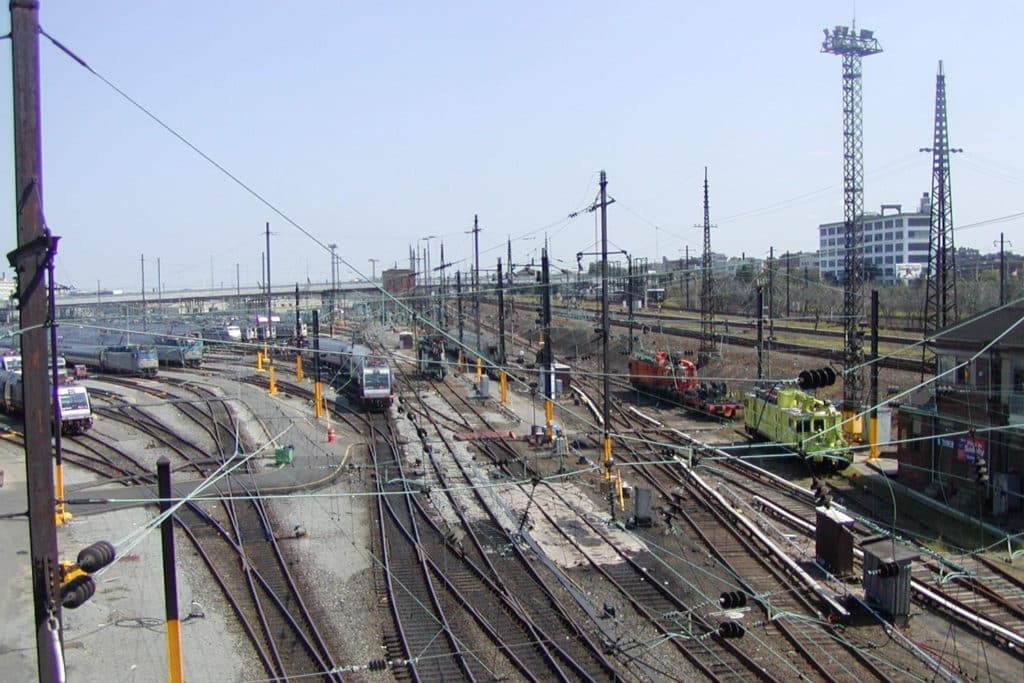
Harold Interlocking (photo above) is located within a 1.5-mile corridor in Queens and marks the convergence of operations of three major rail operators – LIRR, Amtrak and NJ TRANSIT – totaling about 700 trains per day.
Stakeholder coordination among the three passenger transportation agencies was crucial in making the modifications at Harold. The team’s design called for a grade separated high-speed route for Amtrak, which was also expanding its Acela service along the Northeast Corridor during this time frame.
The team was further challenged by the fact that Harold was located near where the four main tunnel boring machines were to begin operations.
By itself, the modification of Harold Interlocking was substantial enough to be MTA’s largest infrastructure project. In concert with the East Side Access program’s other elements, it came to emblemize the enormous technical complexity of the project STV and its partners were responsible for delivering.
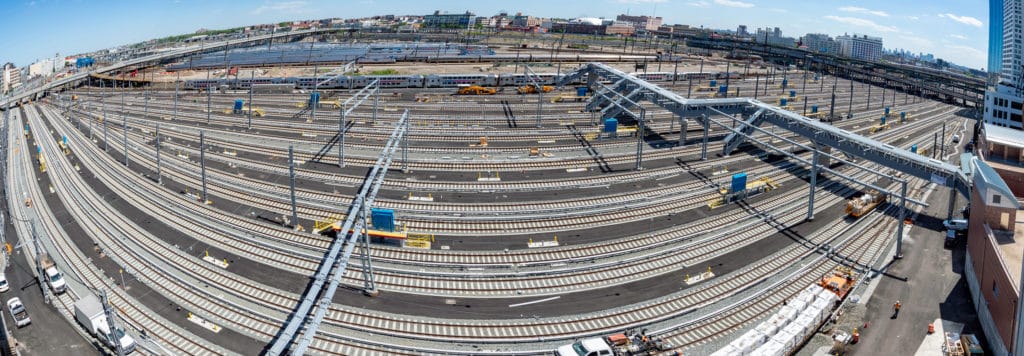
One of STV’s engineers who played a crucial role in helping to overcome the challenges at Harold was the late Chris Kaiser, who passed away in 2014. To commemorate Kaiser’s role in this program, a pedestrian bridge at the Mid-Day Storage Yard was named in his honor in 2019.
“This project was the most challenging assignment I’ve ever had but, at the end of the day, it was incredibly rewarding,” said Alfred Klag, P.E., principal and senior project manager, who was the package manager for Harold Structures.
Introducing Grand Central Madison
To fully integrate this new link into New York’s transit infrastructure, STV’s design included running tunnels, multiple crossovers, emergency egress, and ventilation. To determine the design criteria, STV undertook New York City’s largest geotechnical site investigation at the time, including the design of temporary tunnel supports to minimize maintenance for the 100-year design life of the project.
The joint venture had to coordinate the structural design with the LIRR, Amtrak, the New York State Department of Transportation, the New York City Department of Transportation, and environmental protection agencies, From there, STV design entailed eight miles of tunneling for the 350,000 square foot concourse beneath GCT and 25,000 square foot passenger space, and 25 retail shops. The caverns are as deep as 1,143 feet below the surface – or nearly 200 feet taller than the Chrysler Building for comparison.
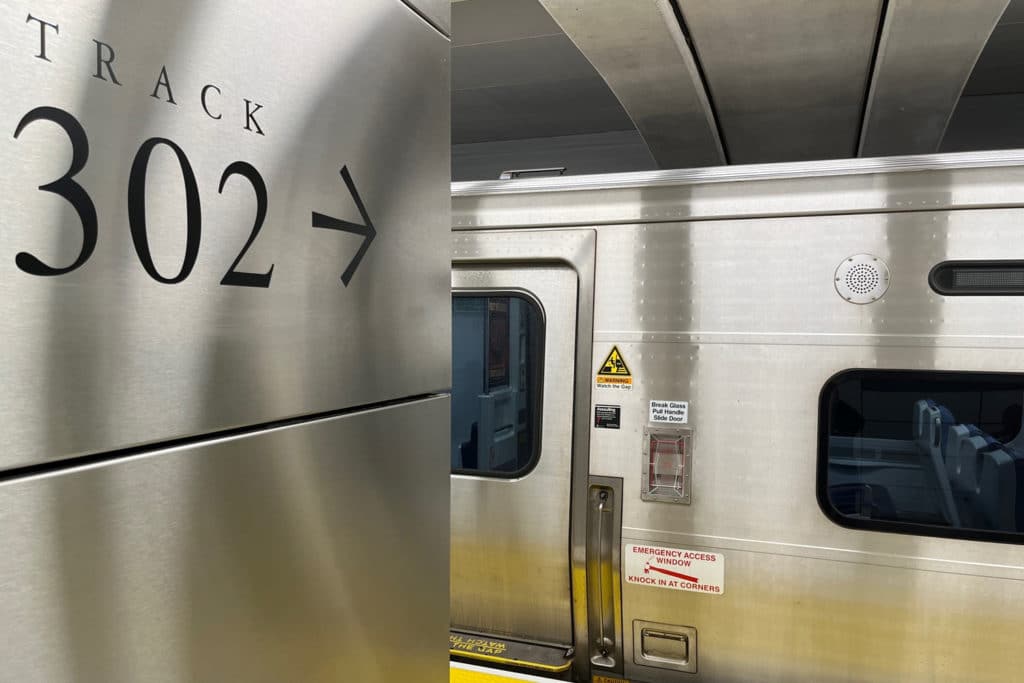
Excavation activities were conducted underneath some of the nation’s most congested and densely populated areas. At the Northern Boulevard Crossing in Queens, a mined tunnel was constructed under NYC Transit’s elevated Astoria Line, the Queens Boulevard Subway, and Northern Boulevard itself, a major truck route into Manhattan. Additionally, the project team had to contend with a high groundwater table and while maintaining NYC Transit service without interruption during construction.
To develop these tunnels, the team deployed a “frozen arch” approach which called for freezing the ground around the excavation to support the weight of the above structures – namely NYC Transit service and Northern Boulevard itself. From there, the construction team conducted sequential excavation within the frozen arch.
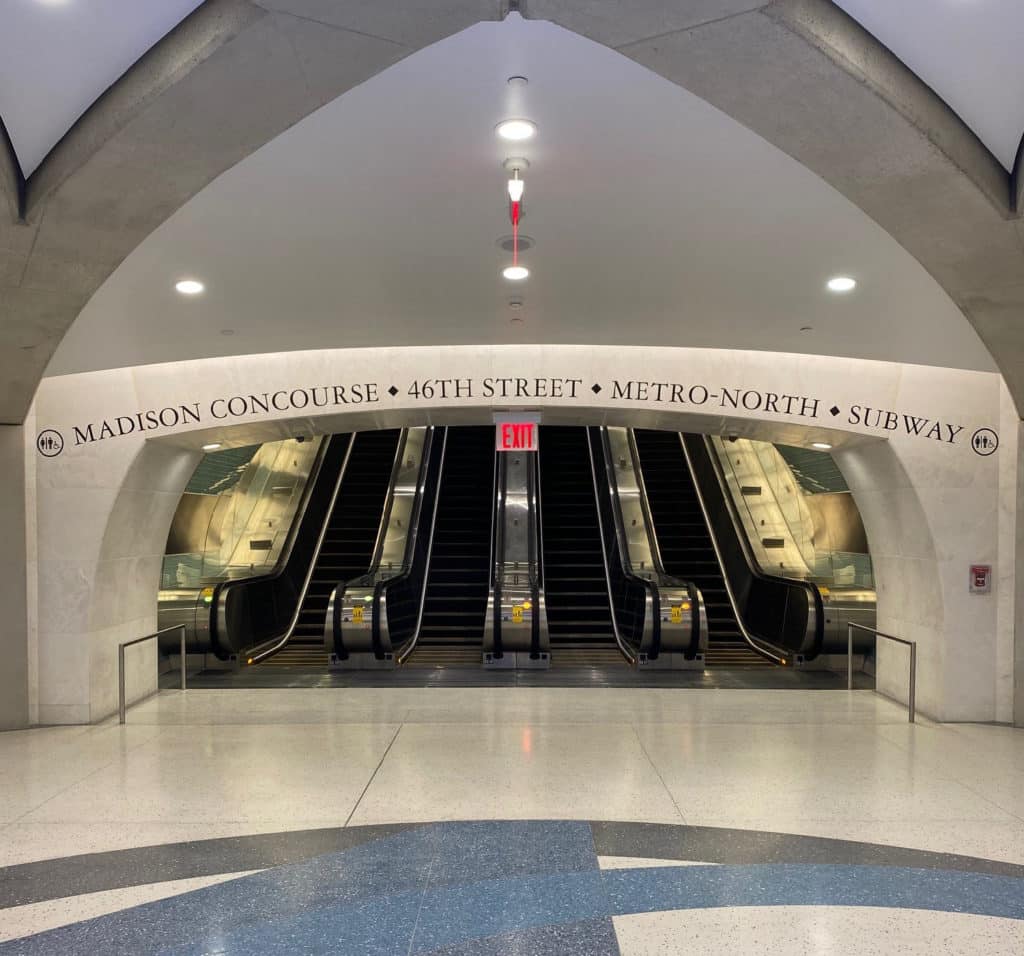
The generational impact of the completed Grand Central Madison program is immeasurable – it stands to completely transform how commuters access New York City from Long Island. However, in the interim, the MTA has determined that the project will ultimately increase LIRR’s service capacity by 41 percent and serve approximately 162,000 customers a day. Travelers from John F. Kennedy International Airport will now be able to travel to Grand Central Station in 40 minutes – enormous time savings.
“This is a world-class project, one that will become iconic over the years. I’m proud of it,” said Brian Carroll, P.E., LC, LEED AP, a senior associate and engineering director. “They say that the best type of engineering is the kind no one notices but knowing that I was there for this means the world.”
Photos courtesy of MTA’s Flickr feed
Share
Tags
Recent Posts
Employee News
Head of STV Smart Cities Joins Board of Central Texas Transportation Management Association
In recognition of his contributions to the Austin region’s transportation framework, STV’s Rob Spillar, senior vice…
Project News
ACEC New York’s Coveted Empire Award Granted to Grand Central Madison/East Side Access
Grand Central Madison – the historic transportation project transforming commuter rail in New York’s Metropolitan region…
Social Responsibility
Owings Mills Team Hosts Activity-Packed Day for Future Engineers
Our Owings Mills, MD, team recently celebrated Engineers Week by hosting Take Your Kid to Work…
